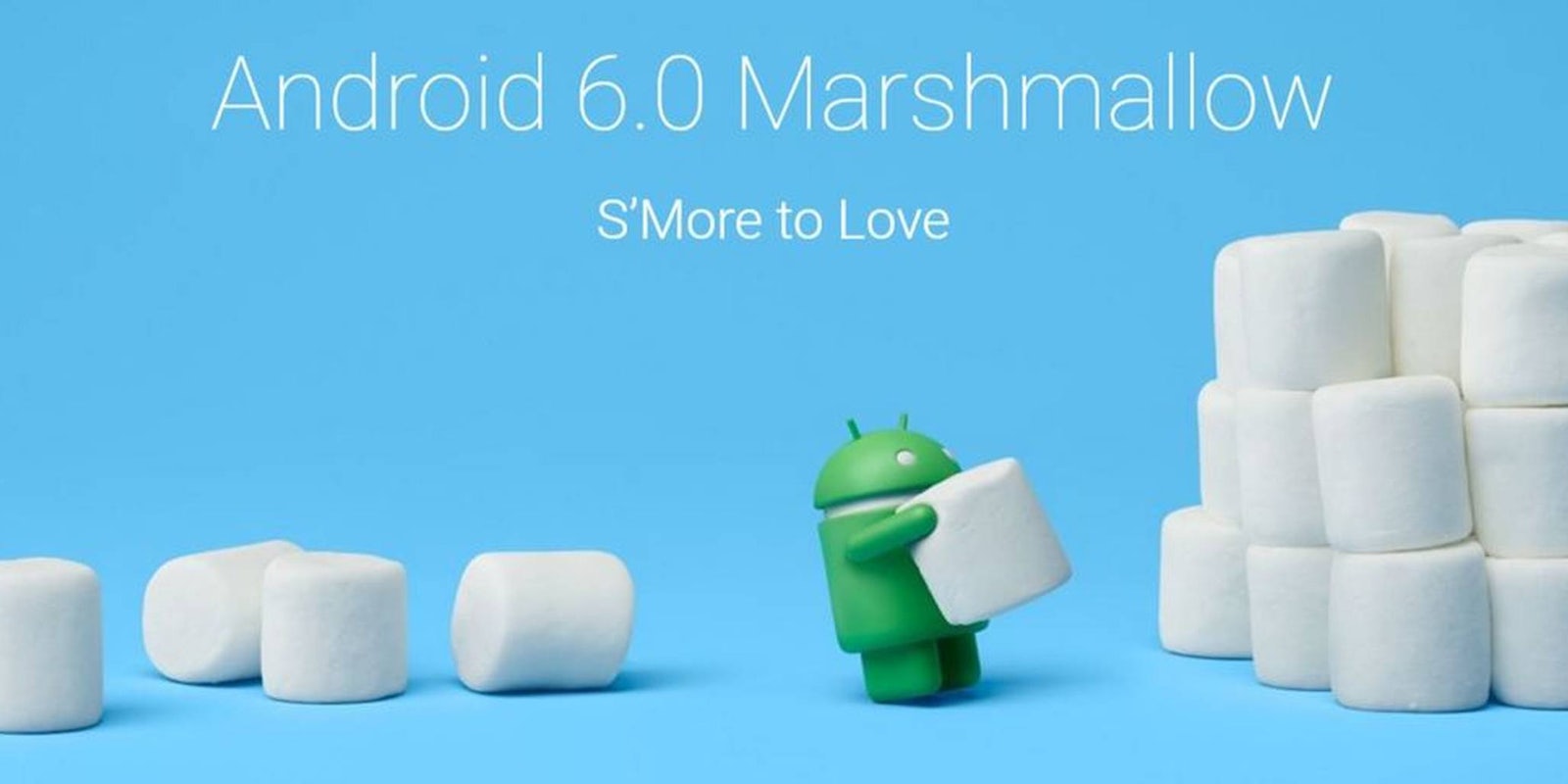Google‘s latest dessert-named mobile operating system version has finally reached a 10 percent adoption rate, eight months after its release.
In the past month, Android 6.0 Marshmallow has had a higher adoption rate than any of its predecessors thanks to new devices shipping out with this latest version. However, it is still being trumped by earlier versions Lollipop (5.0, 5.1), KitKat (4.4), and even the four-year-old Jelly Bean (4.1.x, 4.2.x, 4.3).
The silver lining is a 2.6 percent increase in users of Marshmallow since May compared to all other versions, which had either a flat or slightly declining rate. More good news is that Marshmallow’s share has more than doubled since April when only 4.6 percent of Android users were running the version.
Still, these numbers don’t compare well with the adoption rate of Apple’s latest iOS update. iOS 9, released 10 months ago, is running on 84 percent of iPhones and iPads, while Marshmallow is on route to take over its four-year-old predecessor around the time Google announces its N-flavored update in October.
Why is Google not able to move its mobile OS userbase over to the latest and greatest they have to offer? Two main reasons: manufacturer’s custom Android versions, and (the root of all your problems) wireless carriers. Samsung, HTC, LG—you name it—all have their own custom Android skins that provide a different look and feature set to your phone. Unfortunately, a new version from Google can’t simply be updated onto these devices; a lot tinkering has to happen before the two—a new Android update, and manufacturer’s custom interface—can work in harmony.
But perhaps even more limiting is the time it takes carriers to test new software updates. Every new piece of software, and even hardware, is tested by mobile carriers before being released onto their networks.
“They’ve got limited resources, people, time, equipment,” Samsung’s vice-president of immersive products and virtual reality Nick DiCarlo said in an interview with Gizmodo. “The test scopes for these, as the networks get more complex with CDMA, GSM, LTE, multiple bands, now getting into VoLTE next year, different regions of the network are made with different network providers, so they have to test in all the regions. So the network testing complexity is extraordinary.”
The solution to getting faster Android updates is to purchase unlocked instead of a device tied to a carrier. One step further would be purchasing Google’s Nexus branded devices, all of which receive updates as soon as they are released.
H/T ZDNet


